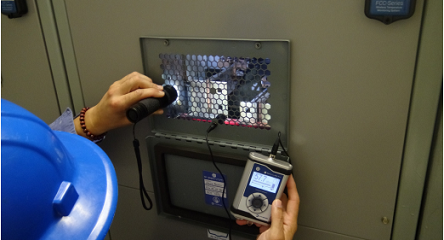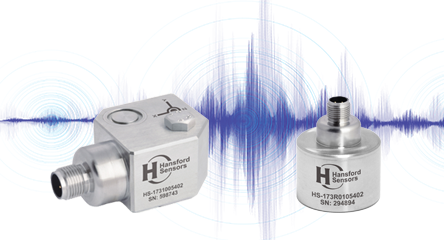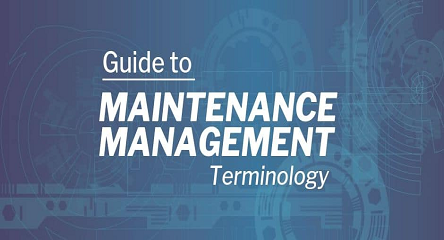Managing Equipment Repairs in the Farming Industry with CMMS
Taking control of your livestock and crops is a daily task. How about your maintenance operations? With equipment breakdowns, depleted spare parts inventory, searching for manuals and repair documents, keeping track of workers, controlling costs and keeping up with the competition. How can you effectively manage all of these tasks and keep costs at a minimum?
Farmers are looking for affordable, cost-effective and easy to use tools to manage their farms. With the competition looking for faster and more efficient ways to manage their farms, spreadsheets are being replaced with more modern systems. The farming industry is embracing the use of software tools, such as a Computerized Maintenance System (CMMS), to get a better understanding of operating costs, extend the life of their equipment, improve processes and optimize their maintenance operations. What can implementing a CMMS do for you?
Managing Preventive Maintenance
Having a regular preventive maintenance plan in place can warn you of problems before they cause you major issues. Scheduling preventive maintenance during off-peak hours or season can save you a lot of time and money in unplanned breakdowns. Poorly maintained equipment can result in an unsafe work environment and increases the risk of injury or loss of life.
Avoid unexpected breakdowns by having a CMMS in place to help manage regular preventive maintenance schedules and labor. Having the right people to work on equipment at the right time is a big cost-savings and gets equipment back in the field sooner.
A preventive maintenance plan usually includes lists of things that need to be checked. There are lists to check the visual condition of the equipment such as the tires, brakes, etc. Then there are the more routine lists to change the oil, grease the machines, and check for fluid leaks, check brake fluid, etc. Then the technical lists to check the engine, carbonators and the lists go on and on. Then there is the chore of assigning the lists to the experts and keeping a track on the status of the work orders. All challenging!
With a CMMS in place, work orders with attached checklists can be assigned to workers. Workers can update the work orders and checklists remotely and in real-time, ensuring that the most accurate information is available. All of this is done within a centralized system that is accessible from anywhere.
Managing Spare Parts Inventory and knowing what parts will be needed, having parts sitting on the shelves because they are hard to obtain, or paying high prices for shipping of those parts that are not in inventory and hard to find can be very costly. Tracking down hard to find parts and scheduling the proper people to fix the equipment are all time-consuming.
A CMMS keeps track of inventory levels and manages the tracking of stock in and stock out. As inventory limits get low, purchase orders can be sent to vendors to replenish the stock. Tracking vendors, products and prices are all stored within the CMMS database.
Improving Communications
It can be challenging to keep each other updated on repairs, documentation, manuals, share images, etc. Sharing information in real-time is not a reality using spreadsheets and clipboards. Trying to verify that your team is working with the most updated and accurate information is impossible.
With a CMMS, using a computer or mobile device, users can effectively communicate and coordinate with others. Storing information in a centralized database, a CMMS updates information in real-time, giving users the most accurate and up-to-date information that is accessible from anywhere at any time.
Control and Reduce Expenses
Over time, aging machines start to show wear and require a lot of maintenance. Everything isn’t always perfect no matter how much you plan. But, you can be better prepared for those unexpected time-consuming and costly equipment failures or damage. Having the proper spare parts in inventory is critical! The time spent tracking down the parts that aren’t in your inventory with the added shipping charges can be costing you time as well as money.
Having a good CMMS in place to help manage preventive maintenance and spare parts inventory can help keep expenses under control and save a lot of time and money. Having the proper tools to manage and track inventory levels, create purchase orders, and maintain vendor information and prices, gives you the ability to be one step ahead in getting repairs done quickly, more efficiently and control expense.
Summary
Including a CMMS into your organization will help:
- Keep assets running at peak performance
• Increase asset life
• Reduce downtime
• Increase productivity
• Manage labor and resources more efficiently
• Create a safer work environment
• Reduce expenses
• Provide a better understanding of operating costs
The information stored within the CMMS database combined with the CMMS functionalities gives farmers a better understanding of their overall costs and helps them be better informed to make decisions that improve profitability.





